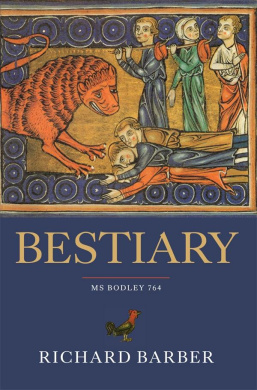Description
The author of this study suggests that attitudes toward land-use may reflect profound differences in class, religion and life experience, pitting urban Americans who see nature at risk against rural Americans whose lives are dominated by nature’s forces. Knott reports her conversations with people with divergent views of the Adirondack forest: Native Americans for whom it is tribal land and visitors for whom it is scenery, residents who hunt for food and sportsmen who shoot deer for trophy antlers, members of local citizens’ groups and organizers from “Earth First!”. She documents the thoughts and feelings of people whose lives are intimately connected to the forest, including loggers, trappers, craftspeople and guides, as well as tree farmers and maple syrup producers. After describing the key players in the conflict and chronicling battles and bridge-building between stake-holders, Knott concludes that the participation of local people in decision-making is the only process which can shift an increasingly hostile cycle towards resolution.






